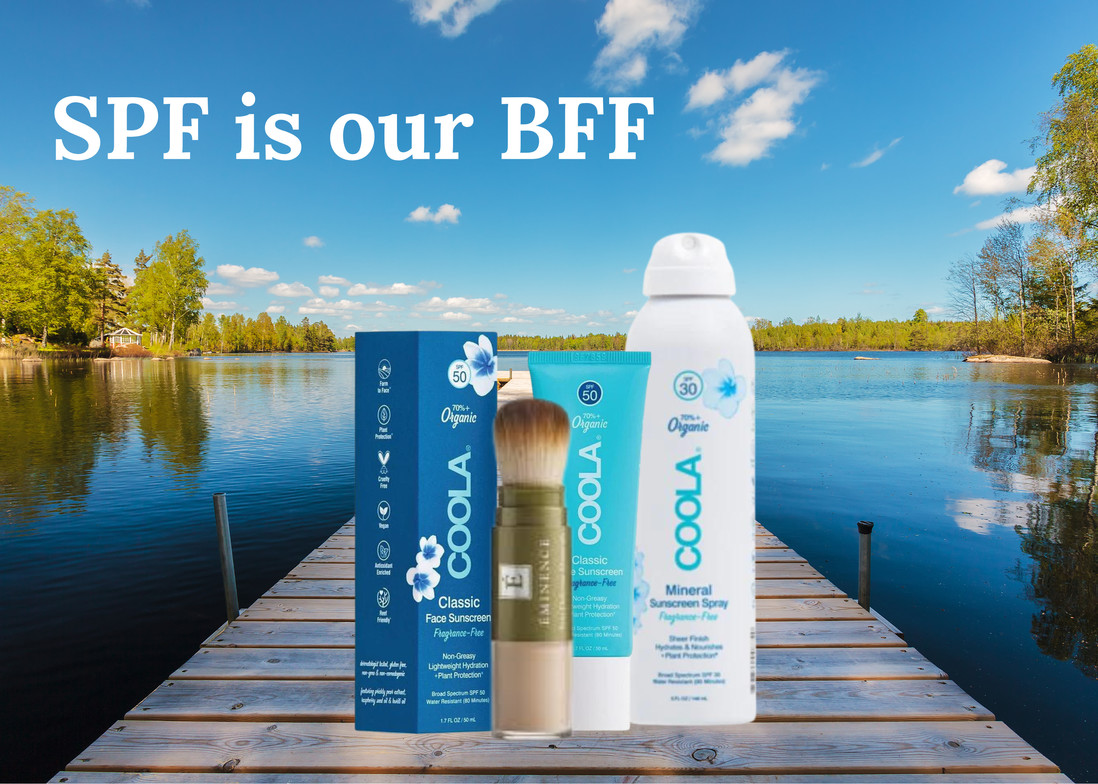
Chemical vs. Physical Sunscreen: What’s the Difference (and Why It Matters)
Sunscreen isn’t one-size-fits-all, but luckily, you’ve got options. Both chemical and physical (aka mineral) sunscreens protect your skin from the harmful effects of the sun. They just do it in slightly different ways.
Here’s a simple breakdown to help you choose your summer (and everyday) skin sidekick:
Chemical Sunscreens
Think of chemical sunscreens as sun-absorbers. They soak up UV rays, convert them into heat, and release that heat from the skin. Lightweight and easy to apply, these formulas are the go-to for that invisible, no-fuss finish.
Why we love them:
-
Broad-spectrum protection against UVA and UVB rays
-
Higher SPF options for those extra sunny days
-
No white cast just smooth, blendable coverage (a plus for all skin tones)
Physical (Mineral) Sunscreens
Mineral sunscreens act more like a shield. They sit on top of the skin and physically reflect UV rays away. Made with zinc oxide or titanium dioxide, they’re gentle warriors, especially good for sensitive or reactive skin.
Why they’re a fan fave:
-
Works immediately no waiting around to “activate”
-
Less likely to irritate sensitive skin
-
Longer shelf life (great for that sunscreen you forget in your beach bag)
-
Also broad-spectrum, because your skin deserves full protection
So… which one is better?
Honestly? The best sunscreen is the one you’ll actually use.
Daily. Generously. And especially after swimming, sweating, or living your best sun-kissed life.
Some people swear by mineral. Others won’t leave the house without their fave chemical SPF. It all comes down to what feels good on your skin, works with your lifestyle, and keeps you reaching for it again and again.
Bottom line:
Wear your SPF like it’s your BFF.
Every. Single. Day.

Cathy Hayes
Contact Me


